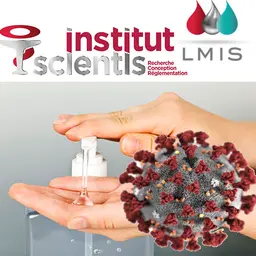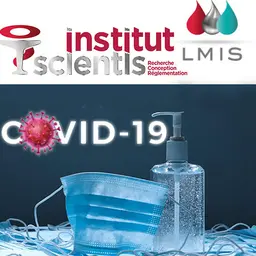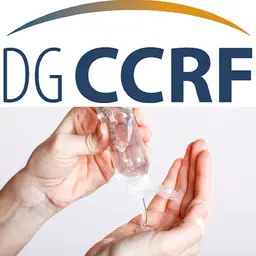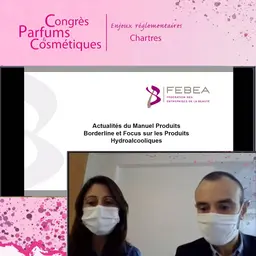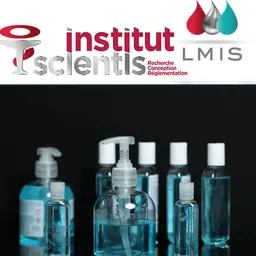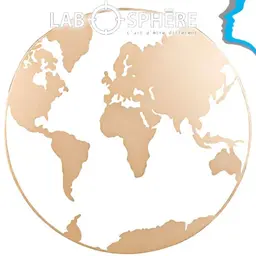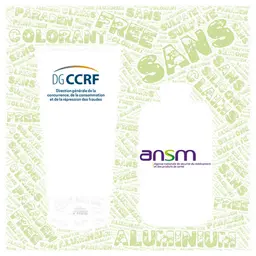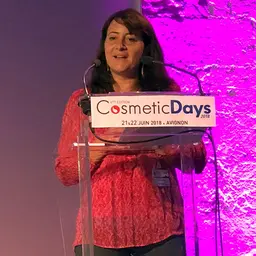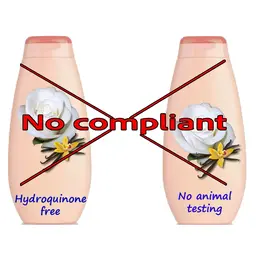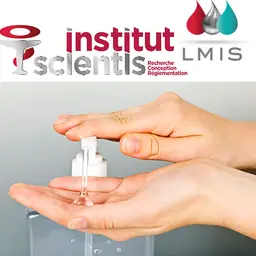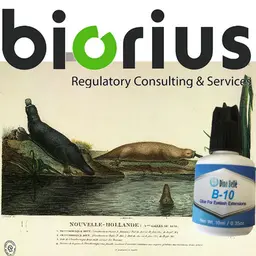
Hydroalcoholic products, which are an integral part of the barrier measures to combat the spread of the Covid-19 coronavirus, still raise many questions. What regulations do they depend on? What substances must (or must not) they contain? What claims can they make? Corinne Benoliel and Pauline Ferreira-Théret, from Institut Scientis, answer these questions (and many others), in this Q&A Biocide (and its cosmetic parallel) applied to hand antisepsis products.
The fundamentals
What is a biocidal product?
Article 3 of the EU Biocides Regulation No.528/2012 (BPR) states that a biocidal product can be “any substance or mixture, in the form in which it is supplied to the user, consisting of, containing or generating one or more active substances, with the intention of destroying, deterring, rendering harmless, preventing the action of, or otherwise exerting a controlling effect on, any harmful organism by any means other than mere physical or mechanical action.”
-> Hydroalcoholic products (HAPs) for hand antisepsis are biocidal products.
What regulations affect these products?
Biocidal products must meet the requirements of the EU Biocides Regulation n°528/2012. Co-formulants of biocidal products applied on the hands must comply with the EC Regulation n°1223/2009 relating to cosmetic products. Indeed, the Biocides Regulation integrates this requirement in its Article 19, paragraph 9: “Where a biocidal product is intended for direct application to the external parts of the human body (epidermis, hair system, nails, lips and external genital organs), or to the teeth and the mucous membranes of the oral cavity, it shall not contain any non-active substance that may not be included in a cosmetic product pursuant to Regulation (EC) No.1223/2009.”
The restrictions …

